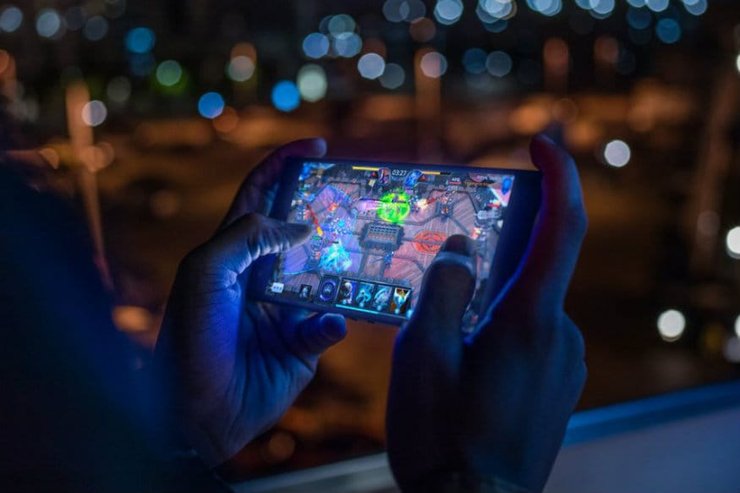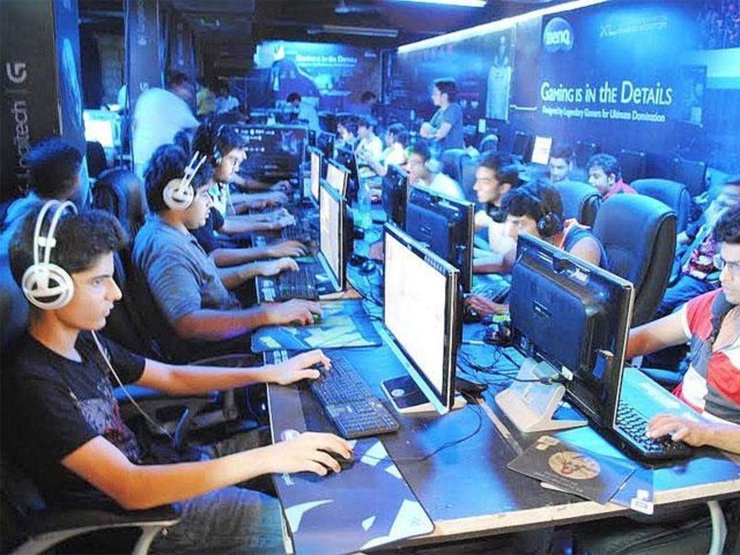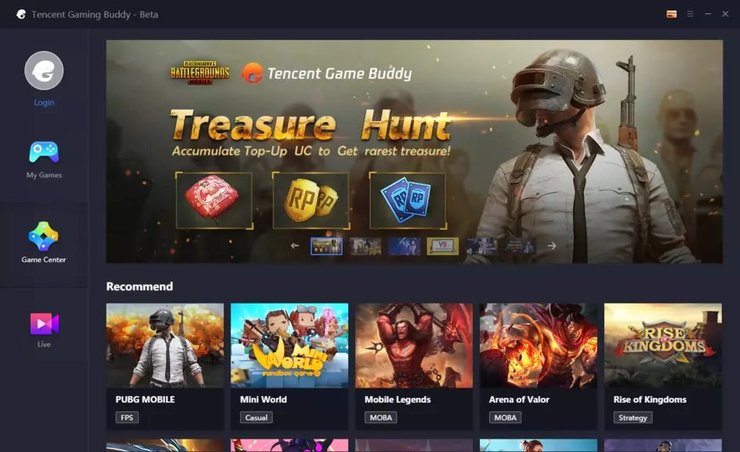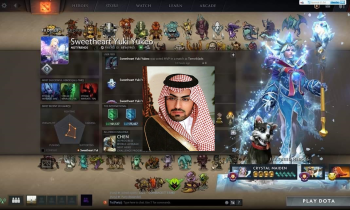Thirty or forty years ago, hardly anyone in India was familiar with internet bandwidth, let alone the concept of "cloud computing" or anything to do with storage and computing power. The personal computer was only slowly making its way into India, and yet esports may now soon threaten the holy ground of sports and entertainment.
The first entry of video gaming came in the form of heavy arcade machines with colorful lights and distinctive electronic sounds of the 80s, which quickly became the source of desire of many contemporary youths.
| You Might Be Interested: |
Traditional entertainment mediums like cinema would only help to enhance the taste for video gaming, like the first Star Wars trilogy inspired young Indians to imagine their own space operas and fantasies via Space Invaders, Pac-Man, Grand Prix, Digger, etc. Soon every amusement spot required an arcade machine.
Video gaming has only grown even more significantly in the decades since. Advancements in computing and telecommunications have led the evolution of electronic sports, or esports, to entrench itself in India, where abundant internet access and the smartphone are reshaping sports and entertainment.

Investments from corporations and the ability of Esports to naturally grow itself within online gaming communities are the key to success. Social network and media helped to spread esports in a way that best fit its content.
“Everyone wants a piece of the cake, but people who understand Esports and the market know it is not for quick buck; it’s a marathon that needs a lot of patience. Those who have passion..will sail through. Indian Esports is still at a nascent stage and has much potential...just like e-comm, there is scope for everyone.”
- Lokesh Suji, Director, Esports Federation of India
A lot has changed from those machines that eat up all of your allowance of coins in an afternoon, to making a living from playing photorealistic video games on high-end PCs, consoles, and smartphones with the power of an entire computer that fits in your pocket. The growth of gaming in India has been most bolstered by the latter device, aka smartphones.
India is one of the largest potential markets for online gaming in terms of volume if one were to go by the 75 percent of the population that is under 45. 55% of these are casual gamers who play Minesweeper, FreeCell or Solitaire, and 66% of the dedicated gamers who know Dota 2, PUBG Mobile, and GTA references like the back of their hands were just below 24 years old in 2016.
| You Might Be Interested: |
Some believe the market value of mobile gaming in India is estimated to reach about $405 million, or approx. Rs 3,040 crore by 2022. That is according to Statista, but who knows what could have changed by now?
KPMG, a financial company based in Europe, actually thinks online gaming (including mobile and PC/console) in India is expected to reach $1 billion (about Rs 7,500 crore) in 2021. The future indicates a bright future for gaming, which however is still miniscule compared to leading online gaming markets like the US, Japan, China, and South Korea.
“Esports started to grow rapidly in India only recently, and the lower visibility is because Esports companies have raised lesser funds than fantasy and card games. We shall soon see that change,” says Ashwin Haryani who runs the popular Gaming Monk community.

Out of various kinds of online gaming and entertainment, only Esports can represent India at the Asian Games or the Olympics. Tirth Mehta took home a bronze medal for a Hearthstone event at the 2018 Jakarta Asian Games, and Karan Manganani came in fourth place for his Clash Royale performance.
In Jakarta, Esports was only a demonstration event but it will be a full-event at the 2022 Asian Games in Hangzhou, China. Even the 2024 Olympics in Paris will include demonstration Esports events.
“It’s like any other sport and very competitive,” says 25-year-old Mehta, who became a pro gamer in 2010 and works for a startup in Hyderabad. “Though you can simply watch the games and have fun, if you can acquire knowledge and watch, the enjoyment is greater."
"Esports offers a proper career path now. While the dream of representing India will always be a priority, my job of content creation, video editing and digital marketing is no less than any top corporate job.”
Not only has Esports become a lucrative choice with prize money calculated in crores, becoming a live streamer or video game content creator brings in the dough as much or even more than winning events. We know about Aaditya Sawant, aka, Dynamo who has become a familiar face in PUBG Mobile, one of the most popular mobile games in the world.
The amount of subscribers to his YouTube channel speaks volumes about how attractive an option streaming has become. Although, a lot of political fallout like the current Indian-Chinese border tensions could upset that situation, as PUBG Mobile as a Chinese-based app is a possible target for "banning".
Dedicated competitors like Raj ‘Snax’ Verma, a 19-year-old from Hyderabad, can bring in lots of prize money as well. He is the captain of an esports team from Insidious. The tournaments they participate in have prize pools up to $850,000.
“We train for anything between eight to 12 hours a day. To win tournaments, we must practice like any other professional would. And you can win a salary too…the best guys can get Rs 1.5 lakh a month,” according to Verma.
But coordination in India is a problem in esports as much as anything else. The various companies like Gaming Monk, Nodwin, MPL, Paytm and Nazara all have their own strategies and balance sheets. Then there are the foreign investors like Chinese ones who have invested heavily in Indian companies and want their returns.
| You Might Be Interested: |
The lack of high-level coordination and organization means there is no system in place to help recruit top players who can one day represent India in future esports competitions.
“India is far behind in Esports mainly due to lack of opportunities and top-tier organisers. Too much reliance on a few major investors (brands) and organisers leads to lesser opportunities for teams and players...We need a larger player base and more opportunities for players.”
- Ishaan Arya, The Esports Club
In India, the federations and associations are responsible for the sports they run, but there is no such thing for esports as this would interfere with issues of intellectual property that every game has. Many of them are foreign-owned such as PUBG by the Chinese corporate giant Tencent.

But the problem has been solved by at least eight countries who have officially recognized esports, which India has been slow to do. The Indian Olympic Association (IOA) has only mentioned esports as something worth looking into.
“As and when we receive information about any developments/guidance from International Olympic Committee, only then we will proceed,” says IOA president Narinder Batra. “The Commonwealth Games Federation has announced its partnership with the Global Esports Federation, and we are awaiting more information from them.”
As gov't officials in India continue to shuffle around in one place, big corporations like Mercedes, Gucci, and Louis Vuitton see the potential and have made collabs and partnerships with esports. The size of viewership and investments into esports keeps growing and as the world is more connected through digital platforms and content, esports might soon catch traditional sports like cricket off-guard.
| You Might Be Interested: |
For more gaming news, updates, and articles, check out our website at GuruGamer.com.










Comments